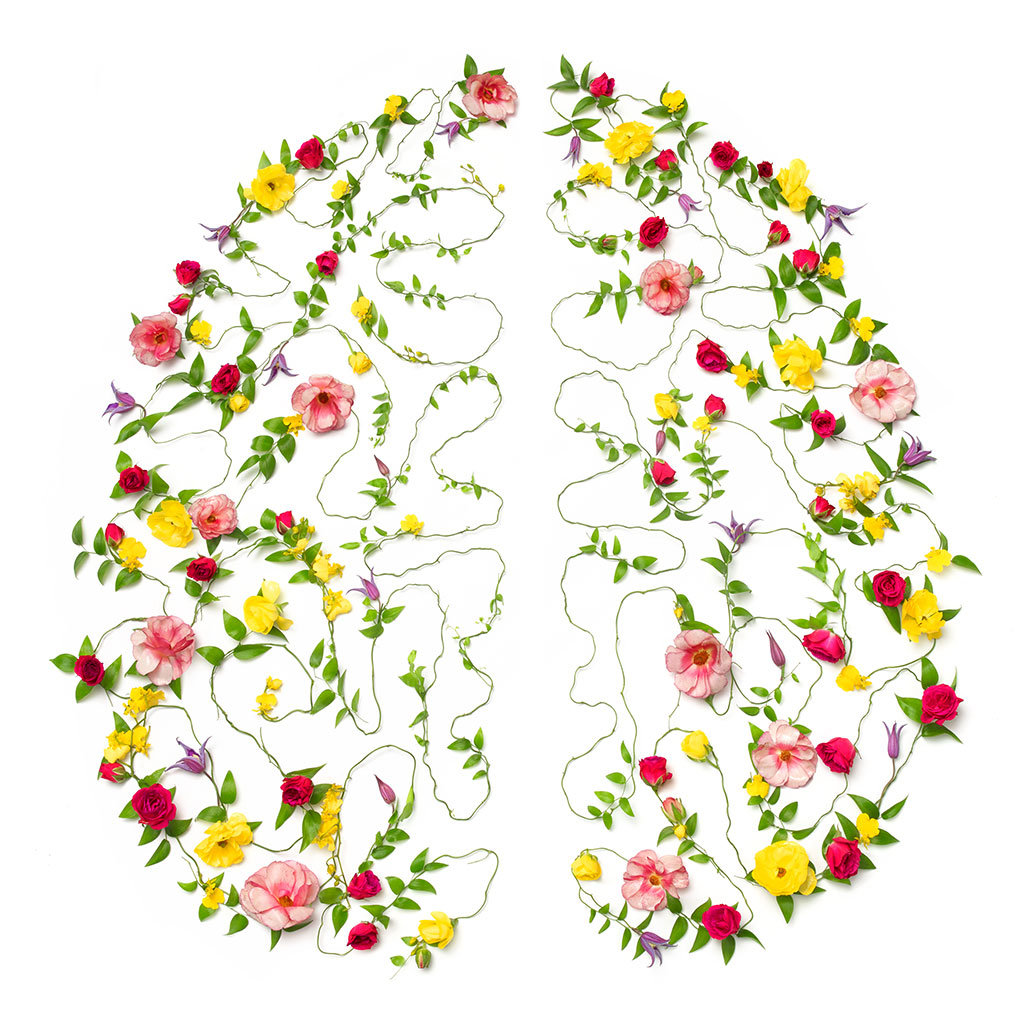A version of this story appeared in the summer 2020 issue of Uncommon Path.
When I lived in Los Angeles, I developed the habit of exploring the city by following a simple rule: Never get from start to finish the same way. There was beauty in covering 10 as-the-crow-flies miles in a meandering walk that often doubled the distance. I discovered alleys filled with outsider art; remnants of old railroads and unbuilt housing developments; caves and hidden springs. Finding a route that spoke to my soul, rather than a stopwatch, became my abiding ethic.
But then I left L.A., moving with my young family to New Hampshire as an experiment in rural living. The trial failed abruptly one winter morning as I walked down our long driveway and slipped on the ice. As I fell, I thought that I was going to break my arm.
It was worse.

Credit: Yasu + Junko
When I woke up a minute or two later, I couldn’t move—but I could see my right arm convulsing. My first thought was that the arm belonged to someone else. My second was that I must be dead, because I was watching myself from above.
The doctors told me I had broken a vertebra and needed surgery, but that I would regain full use of my limbs fairly quickly. The longer-term issue was my head injury. Even now, a year and a half later, I forget things, my life a giant to-do list broken into 15-minute blocks. A part of my brain does not function as it did. The goal of my (twice a week) rehab is to bypass those dead zones. The straight line between thought and expression no longer exists. I’m forced, now, to take the long way in everything I do.
But despite the difficulty, or maybe because of it, I have developed a deeper appreciation for the ethic of circuitous discovery. Relearning, it turns out, is learning—and my slow pace reveals fresh perspectives that I could never anticipate. It’s been a reaffirmation for me that taking the long way—now my only way—is by far the best way.
